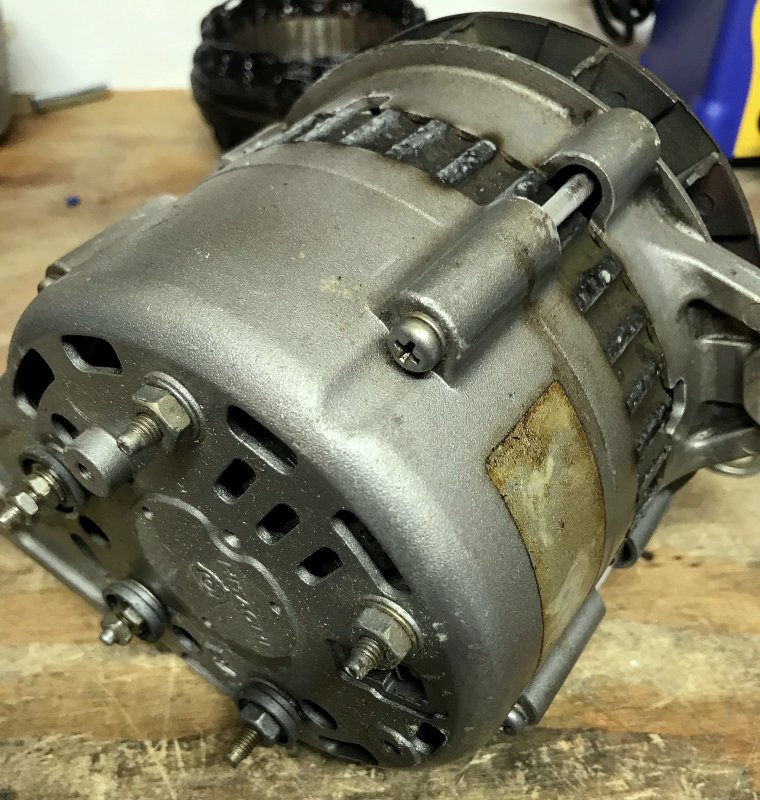I am planning on upgrading my batteries to LiFePO4 and would be grateful of comments on the attached system design. This is a work in process so details such as fusing etc. are not included. This is really just a component layout.
This design proposes that all charging sources go to the FLA Start / Backup Bank and then charge the LiFePO4 house bank via a DC to Dc charger. I’m not sure if this is feasible as most information on the DC to DC chargers only seem to address charging from the alternator.
Some of my main concerns are that the start / backup FLA bank always be charged and ready should the House bank fail. I also want to ensure the protection of the alternator. Finally, I share a shore power outlet with other boats so I need to be mindful of how much current I am drawing. I understand that the Victron Multi Plus allows the max current For charging to be programmed.
Thanks for your comments and suggestions.
Tim
This design proposes that all charging sources go to the FLA Start / Backup Bank and then charge the LiFePO4 house bank via a DC to Dc charger. I’m not sure if this is feasible as most information on the DC to DC chargers only seem to address charging from the alternator.
Some of my main concerns are that the start / backup FLA bank always be charged and ready should the House bank fail. I also want to ensure the protection of the alternator. Finally, I share a shore power outlet with other boats so I need to be mindful of how much current I am drawing. I understand that the Victron Multi Plus allows the max current For charging to be programmed.
Thanks for your comments and suggestions.
Tim
Attachments
-
262.9 KB Views: 617

